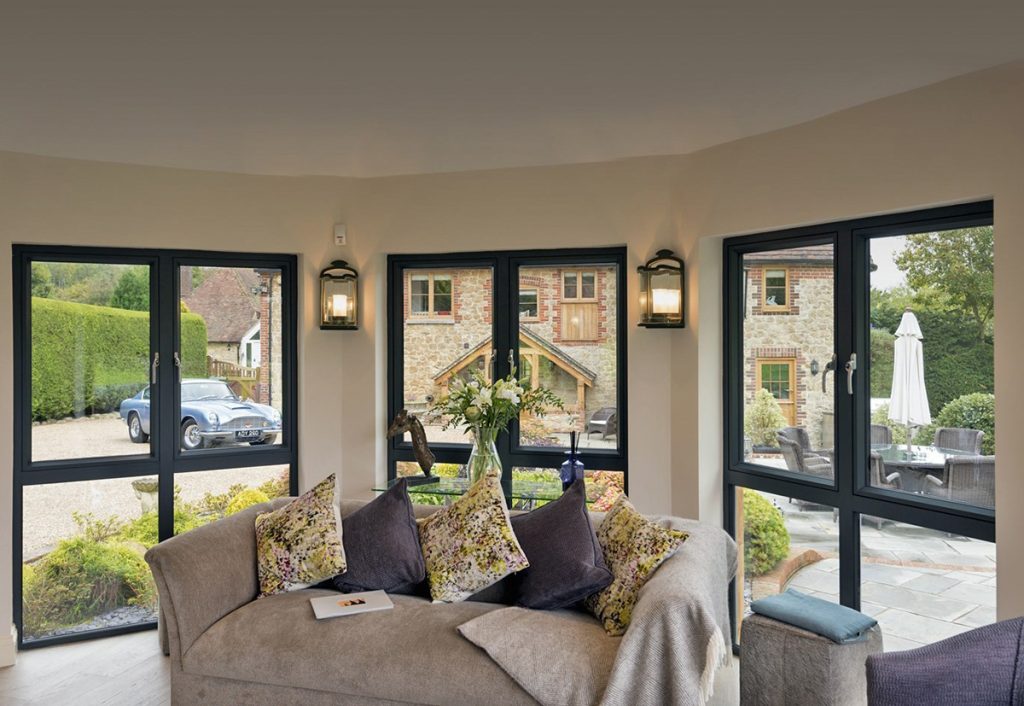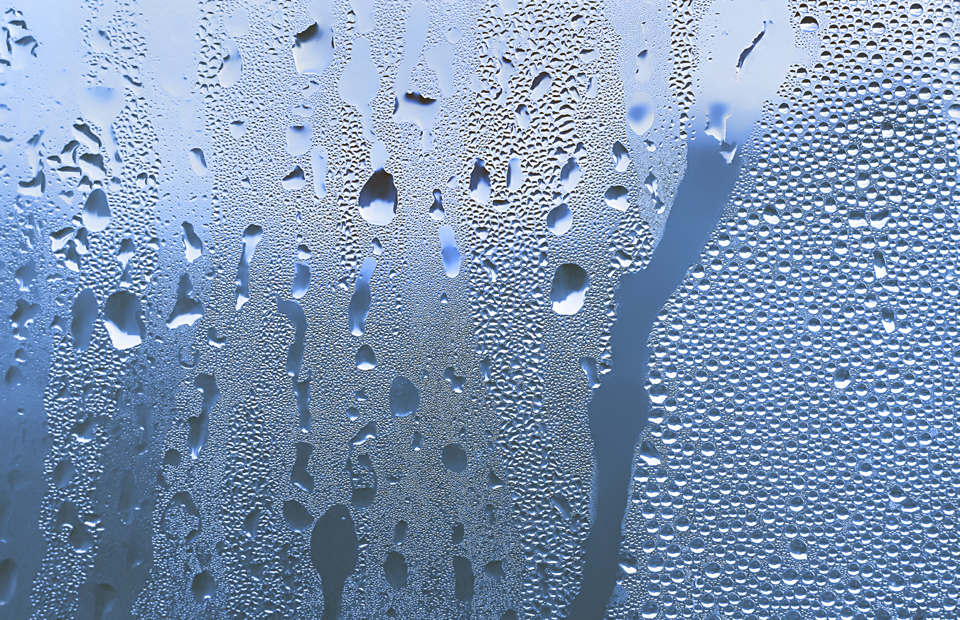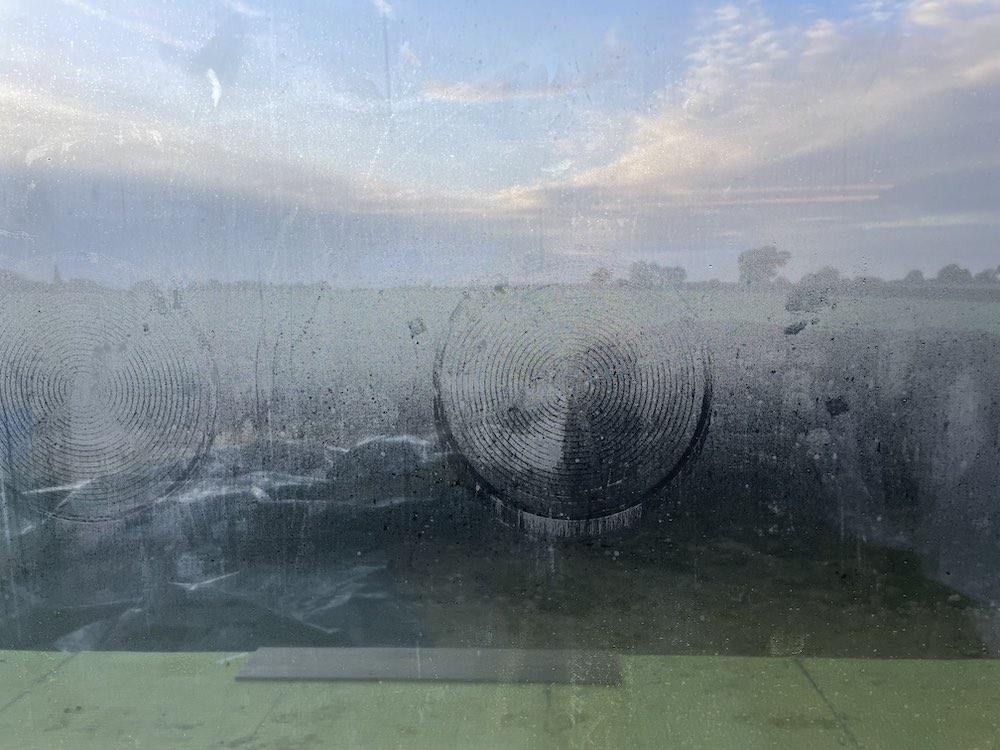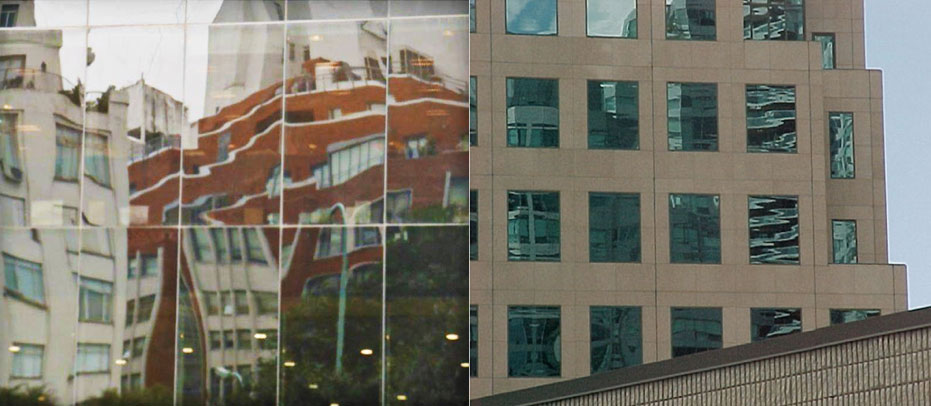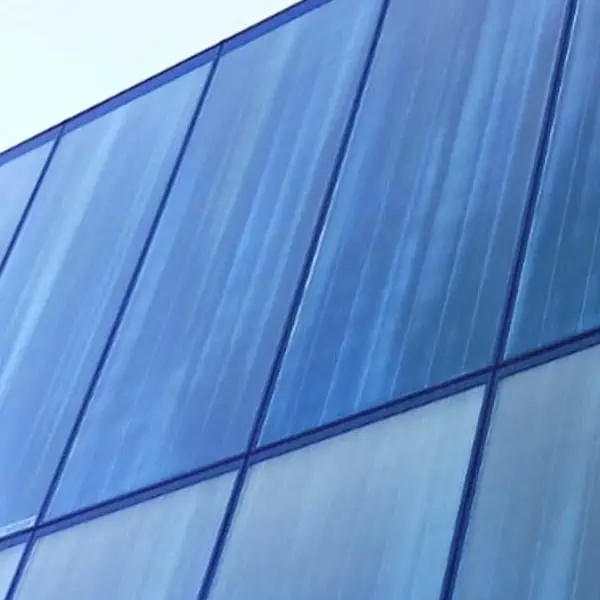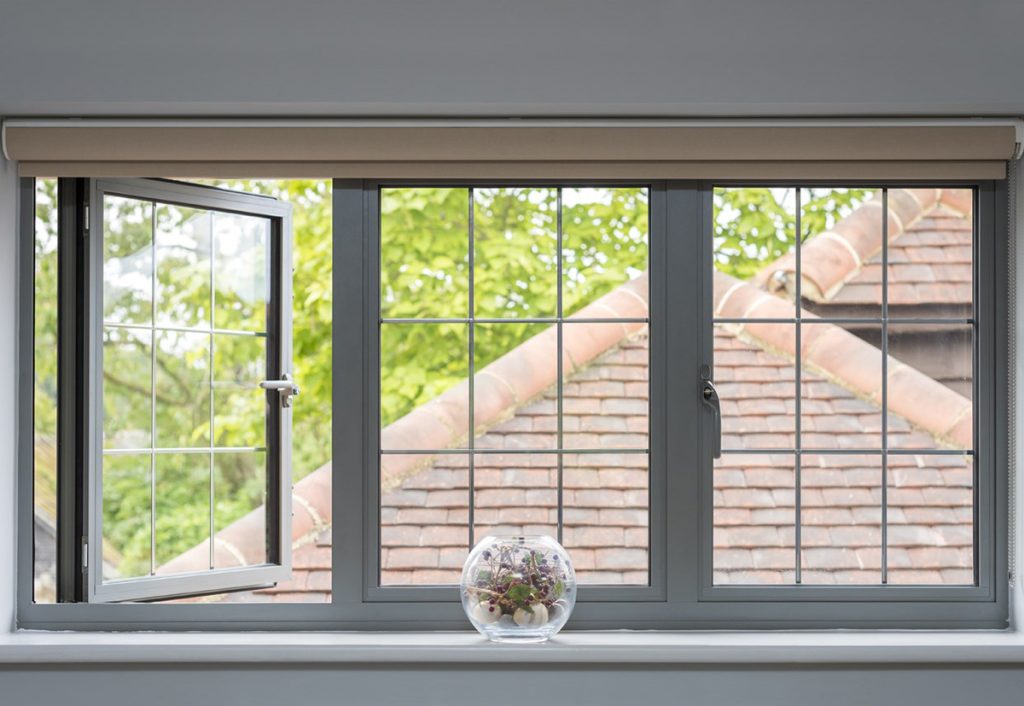WHAT TO EXPECT FROM YOUR GLASS
At SWR, we aim to deliver glass that meets the highest standards of quality and functionality. While we hope your glass remains flawless, we want to provide clarity on what you can expect, including industry-accepted visual characteristics and criteria for determining imperfections. This guide covers double-glazed units made from toughened, laminated, or standard glass, along with any coatings or tints applied to or within the glass.
Understanding Glass Distortions
All glass products exhibit some level of natural distortion and minor imperfections due to the manufacturing process. These minor anomalies are deemed acceptable within industry standards and do not affect the glass’s performance.
At SWR, however, damaged glass is never acceptable. In cases where damaged glass is temporarily installed to maintain your home’s weatherproofing, we commit to replacing it with a flawless unit as soon as possible. Our objective is to provide glass with minimal production-related imperfections while adhering to the following standards for acceptable criteria.
Larger Glass Units
For clarity, larger panes of glass (those exceeding 2.5 square metres) are subject to slightly higher thresholds for acceptable imperfections, as their greater surface area naturally increases the likelihood of visible manufacturing effects.
Condensation
Condensation is a natural phenomenon that occurs when the temperature of a surface drops below the dew point, the level at which air becomes fully saturated with moisture. Rather than indicating a fault, condensation is evidence that your insulated glass unit (IGU) is performing its energy-efficient function by preventing heat transfer.
The likelihood of condensation depends on factors like environmental conditions, the presence of overhangs or nearby vegetation, and even subtle temperature or humidity differences between rooms. Exterior condensation on high-performance windows is both normal and expected under certain conditions, such as clear nights with high humidity.
Common Surface Marks
Suction Cup Marks
Suction cup marks are temporary visual effects left behind during manufacturing or installation when suction tools are used to handle the glass. These marks are not defects but rather an indication of the handling process. Over time, exposure to the elements naturally diminishes these marks.
While invisible to the naked eye, the microscopic composition of the glass surface (tiny peaks and valleys) can retain particles from suction cups, which slightly alters how water adheres to the glass. Despite their initial visibility, suction cup marks do not impact the glass’s structural integrity or performance.
Roller Wave
Roller wave is a subtle visual distortion commonly associated with toughened glass. It results from the toughening process, during which the heated glass is cooled while passing over rollers. This can cause a gentle undulating effect on the surface.
Roller wave is not a defect and does not compromise the glass’s strength or durability. It is generally only visible under certain lighting conditions and viewing angles.
Stain Patterns & Brewster’s Fringe
Brewster’s Fringe
Brewster’s Fringe manifests as a rainbow-like pattern visible within a glass unit. This effect is caused by light passing through parallel panes of the same thickness and is completely normal. Pressing the glass may cause the rainbow to shift, highlighting its dynamic nature.
Quench Marks
Sometimes referred to as stain patterns, leopard spots, or anisotropy, these effects are inherent to the toughening process. While they may be visible under polarized light, they are not considered defects and do not affect the glass’s performance.
Acceptability Criteria for Visual Distortions
If visual imperfections are observed, they will be assessed under natural lighting conditions to determine if they meet industry guidelines. Glass is deemed acceptable if the following characteristics are neither intrusive nor concentrated in one area:
- Bubbles or blisters: Air pockets, spherical or irregular, up to 25mm in size.
- Fine scratches: Surface flaws no longer than 25mm with a detectable depression.
- Sleeks: Superficial scratches without a noticeable depression, up to 25mm.
- Scars: White-visible scratches no longer than 25mm.
- Minute particles: Manufacturing debris, up to 1mm in size, trapped within the glass.
- Inclusions: Insoluble materials embedded within or on the glass surface during production.
- Visual effects: Reflections or distortions caused by coatings like Low-E (metal oxide) or by sealed units enhancing reflective qualities.
These criteria ensure that all glass meets both aesthetic and functional standards while adhering to industry norms.
At SWR, we strive to combine exceptional craftsmanship with transparency about the natural characteristics of glass. Should you have any concerns, our team is always here to help clarify and address your questions.
